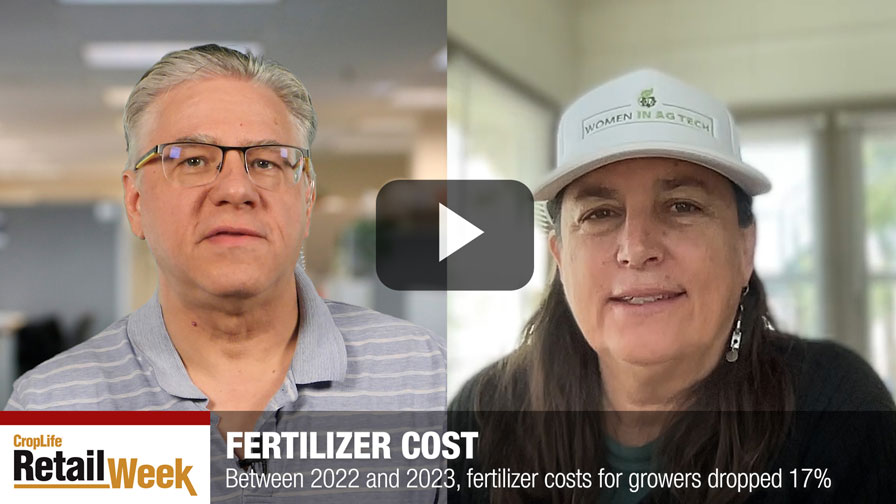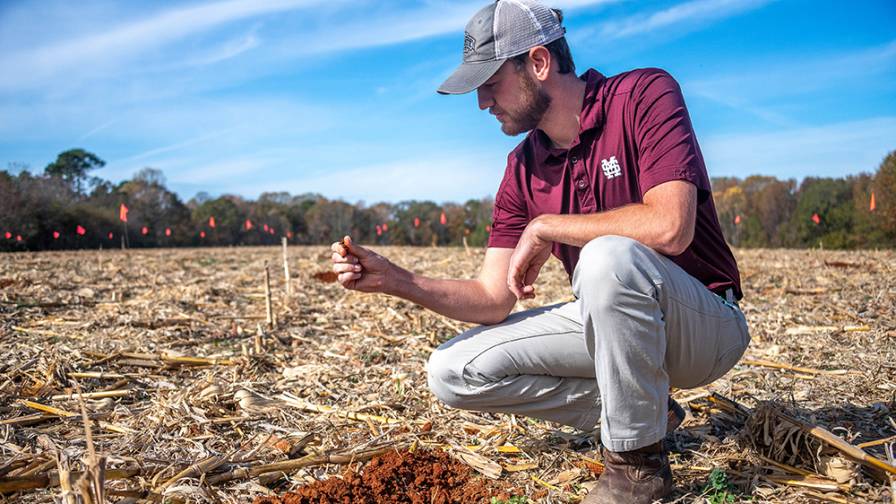Future Seeds
As a non-scientist, it’s fascinating to watch as new varieties of biotech seeds and traits begin to take shape. Based upon the evidence, the future in this area will only get more fascinating as the second decade of the 21st century progresses.
Last week, I sat in on conference call by Monsanto Co., detailing its biotech pipeline products and what these might mean for the world of agriculture. As most observers are aware, Monsanto is following the lead of its top executives to feed the world’s growing population base by promising to help growers double their crop yields within the next 30 years. To do this, the company has shifted most of its attention away from its crop protection poster child, glyphosate, to biotech traits (despite the fact that Roundup and related glyphosate-based products still represent approximately 29% of Monsanto’s annual sales).
“We continue to invest in significant crop opportunities with a balanced approach in our breeding and biotech platforms,” said Robb Fraley, the company’s chief technology officer. “This approach puts us in the best position to extend our leadership and continue to deliver commercial products that benefit our grower-customers.”
And many of these products are very fascinating indeed. Among the company’s agronomy traits projects are dicamba-tolerant soybeans and canola, which promise to add an important crop protection option to a grower’s pesticide mix, and Roundup Hybridization System, which is envisioned to replace detasseling in hybrid seed corn production.
In collaboration with BASF Plant Science, Monsanto is also working on various yield and stress projects. These include high-yield/stress-tolerant wheat and herbicide-tolerant wheat. Perhaps most fascinating, the companies are in Phase 2 of nitrogen-utilization corn, which will allow growers to use less nitrogen in their fields but still keep their corn yields high.
While realistically we are still perhaps a decade or more away from many of these biotech traits being widely available, this glimpse into the possible future of agriculture is very intriguing.
I can hardly wait to see what other biotech possibilities emerge as other seed companies announce their pipeline products in the coming months . . .






